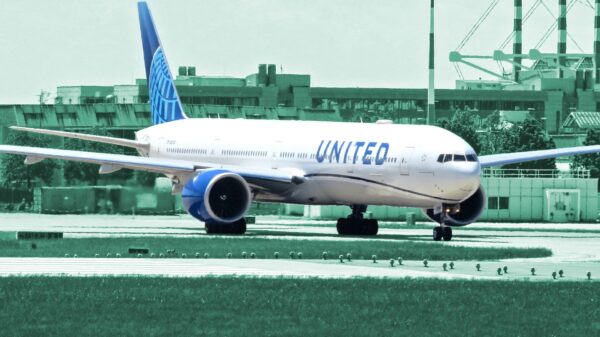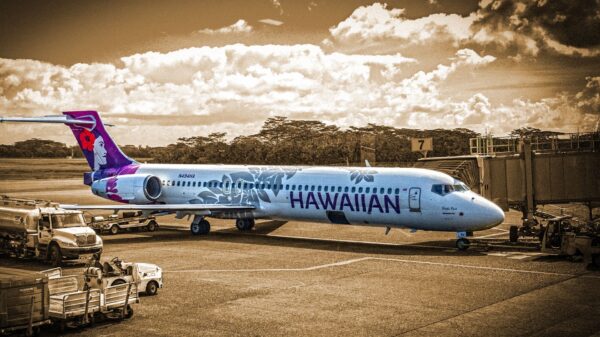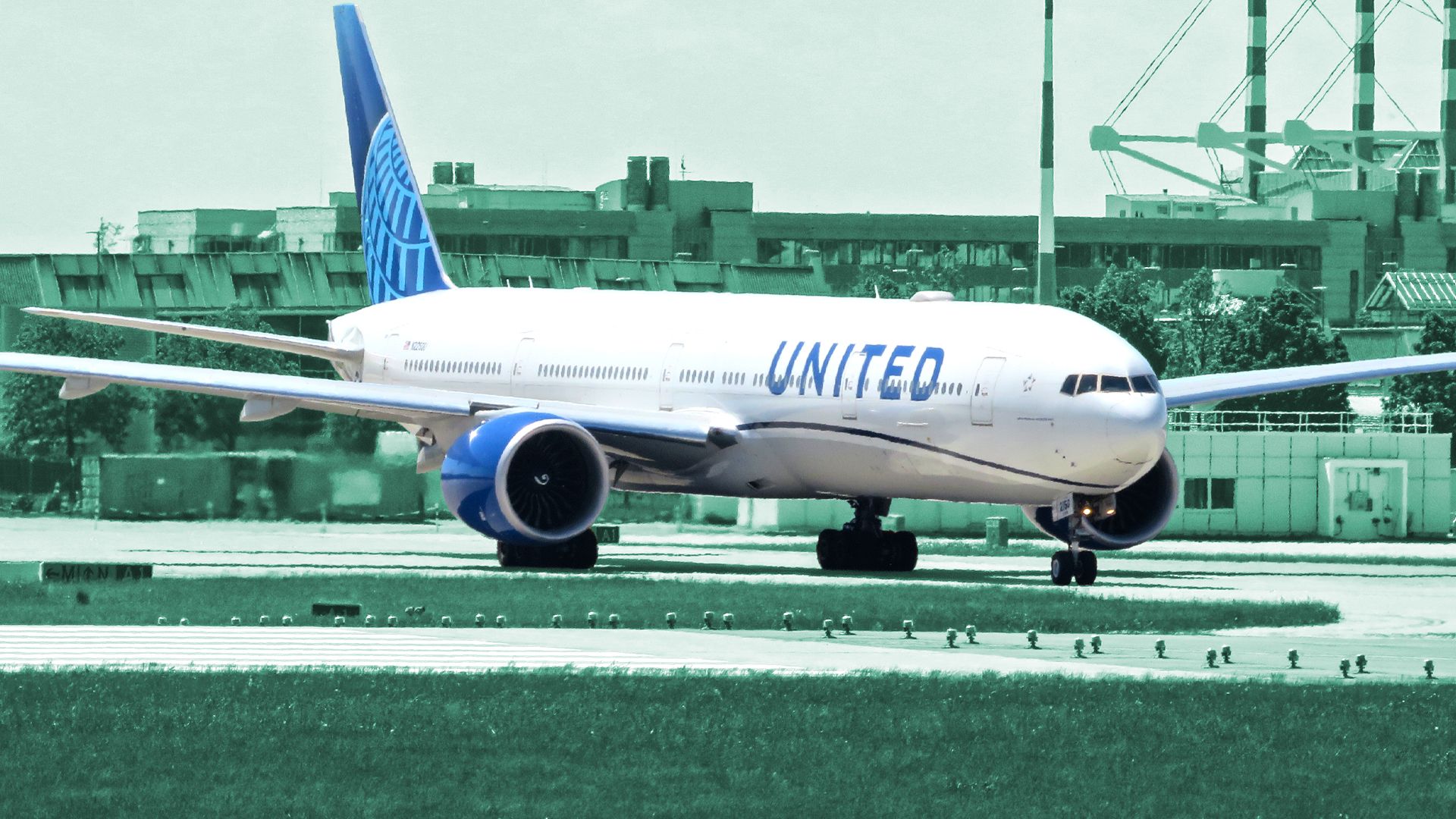United Airlines continues to rely heavily on the Boeing 777-300ER, maintaining a fleet of 22 of these long-haul jets as of 2025. This model is the highest-capacity aircraft in United’s extensive fleet of 1,055 planes, offering significant range and comfort for transcontinental and transoceanic routes. Despite the presence of newer aircraft like the Boeing 787 Dreamliner, United’s 777-300ERs remain a preferred choice for long-distance travel.
The 777-300ER has outlasted the iconic Boeing 747, which United retired in 2017. This transition reflects a broader industry trend toward more efficient twin-engine aircraft. The 777-300ER’s operational advantages, including lower maintenance costs and a high reliability rate, make it a strong contender in the competitive aviation market. The decision to phase out four-engine models during the economic uncertainties caused by the Coronavirus pandemic has accelerated this shift.
Comfort and Configuration
Passengers flying on United’s 777-300ER can expect a luxurious experience. The aircraft features a variety of cabin classes, including United Polaris Business Class, United Premium Plus, and United Economy, accommodating a total of 350 seats. The Polaris cabin stands out with its suite-like pods that convert into flatbeds, providing direct aisle access for every passenger.
In Premium Plus, the seats are wider and recline further, while Economy Plus offers additional legroom. Regular Economy class maintains essential amenities, though the seating arrangement is denser. The careful configuration of the 777-300ER allows United to deliver a competitive product that appeals to discerning travelers.
Operational Insights and Future Prospects
As of November 2025, United Airlines plans to operate 781 flights using its 777-300ER jets. Key international routes include destinations such as Manila International (MNL), San Francisco Airport (SFO), and Hong Kong Airport (HKG). The airline’s strategy focuses on leveraging its existing fleet’s strengths while exploring opportunities for new aircraft like the Airbus A350.
According to data from ch-aviation, United’s most popular routes feature significant mileage, with the average distance exceeding 5,000 miles. The total capacity for these flights will reach 273,350 seats for that month alone.
The Boeing 777-300ER has set benchmarks in aviation since its introduction in the early 2000s. It was among the first commercial aircraft designed entirely with computer-aided design and features advanced aerodynamics for improved fuel efficiency. Its powerful General Electric GE90-115B engine has established records in the aviation industry, further solidifying the aircraft’s reputation.
Despite the introduction of the 777X, which is expected to feature advanced technologies, the current fleet of 777-300ERs will continue to serve United Airlines effectively for years to come. The last of these jets is believed to have been delivered in September 2025, marking the end of an era for this iconic aircraft model.
As United Airlines navigates the evolving landscape of air travel, its commitment to the Boeing 777-300ER illustrates a strategic focus on reliability, passenger comfort, and operational efficiency.



































































